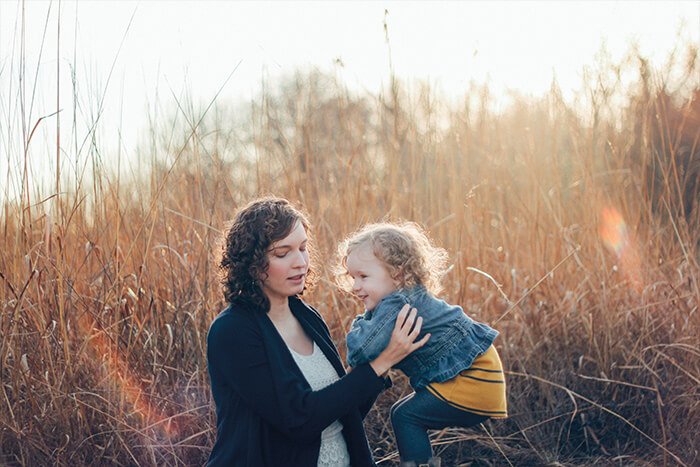Search
Research
Elizabeth Usher Memorial Lecture: Rethinking the clinical pathway for autism spectrum disorder and challenging the status quoThe aim of the paper is to outline the future of early identification and intervention of ASD and the research goals to be addressed to achieve this vision.
Research
A preliminary investigation of the effects of prenatal alcohol exposure on facial morphology in children with Autism Spectrum DisorderWhile early exposure to alcohol may influence the development of facial structures, it does not appear to be associated with ASD phenotypic variability
Research
Diagnostic evaluation for autism spectrum disorder: A survey of health professionals in AustraliaReported practice of some professionals in Australia may not be consistent with international best practice guidelines for ASD diagnosis
Research
A randomised controlled trial of an iPad-based application to complement early behavioural intervention in Autism Spectrum DisorderTechnology-based interventions may provide a relatively low-cost addition to existing therapist-delivered interventions for children with ASD
Research
Autism and psychosis: Clinical implications for depression and suicideThis study examines the association of autism spectrum traits, depressive symptoms and suicidal behaviour in individuals with psychotic experiences

News & Events
Directing immune development to curb sky-rocketing diseaseOnce upon a time it was infectious diseases like polio, measles or tuberculosis that most worried parents. With these threats now largely under control, parents face a new challenge – sky-rocketing rates of non-infectious diseases such as asthma, allergies and autism.
Research
Motor problems in autism: Co-occurrence or feature?Motor features of autism have long been acknowledged by clinicians, researchers, and community stakeholders. Current DSM-5 and ICD-11 guidelines allow clinicians to assign a co-occurring diagnosis of developmental [motor] coordination disorder for autistic individuals with significant motor problems.
Research
Diagnosis of Autism Spectrum Disorder According to Maternal-Race Ethnicity and Country of Birth: A Register-Based StudyAn increased prevalence of autism spectrum disorder (ASD) among children of immigrant backgrounds has been observed
Research
Gaps in Current Autism Research: The Thoughts of the Autism Research Editorial Board and Associate EditorsMini‐commentaries on what they considered to be the current gaps in research on autism spectrum disorder
Research
Autism Spectrum Disorder, Language Disorder, and Social (Pragmatic) Communication Disorder: Overlaps, Distinguishing Features, and Clinical ImplicationsStrictly defined cases of social (pragmatic) communication disorder and specific language impairment can be distinguished from autism spectrum disorder
